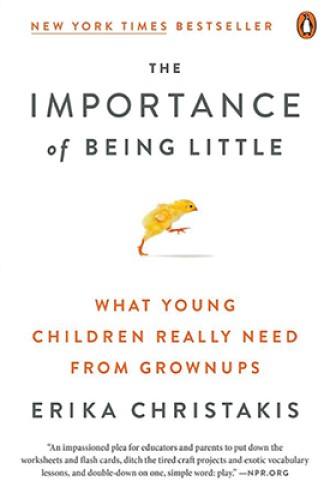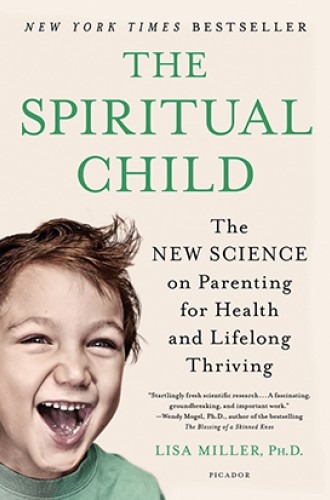The rapidly growing studies of childhood across disciplines demonstrate that learning about and caring for the smallest human beings is everyone’s business. Healthy child development requires the support of households, schools, faith communities, neighborhoods, and countries. Erika Christakis and Lisa Miller present multifaceted conceptions of children that honor their full humanity. And they offer insightful recommendations for helping children to thrive, challenging readers to rethink their own conceptions of childhood.
Christakis, who has taught at Yale, explores early childhood learning through social-scientific research and her experiences as a preschool director and mother of three children. She aims to reveal the special but often unnoticed powers of children between the ages of three and six, to offer a “road map for recognizing signs of powerful learning,” and to provide “concrete recommendations for nurturing young children’s learning impulses wherever we find them.”
Her writing is both accessible and creative. She enhances a masterful discussion of the process of learning to read, for example, by helping adults imagine a child’s experience. She includes a paragraph in which 90 percent of the words are accurately written and a mere 10 percent are gibberish. It’s frustrating to read—just as a paragraph might be for a young reader who recognizes all but 10 percent of the words.







